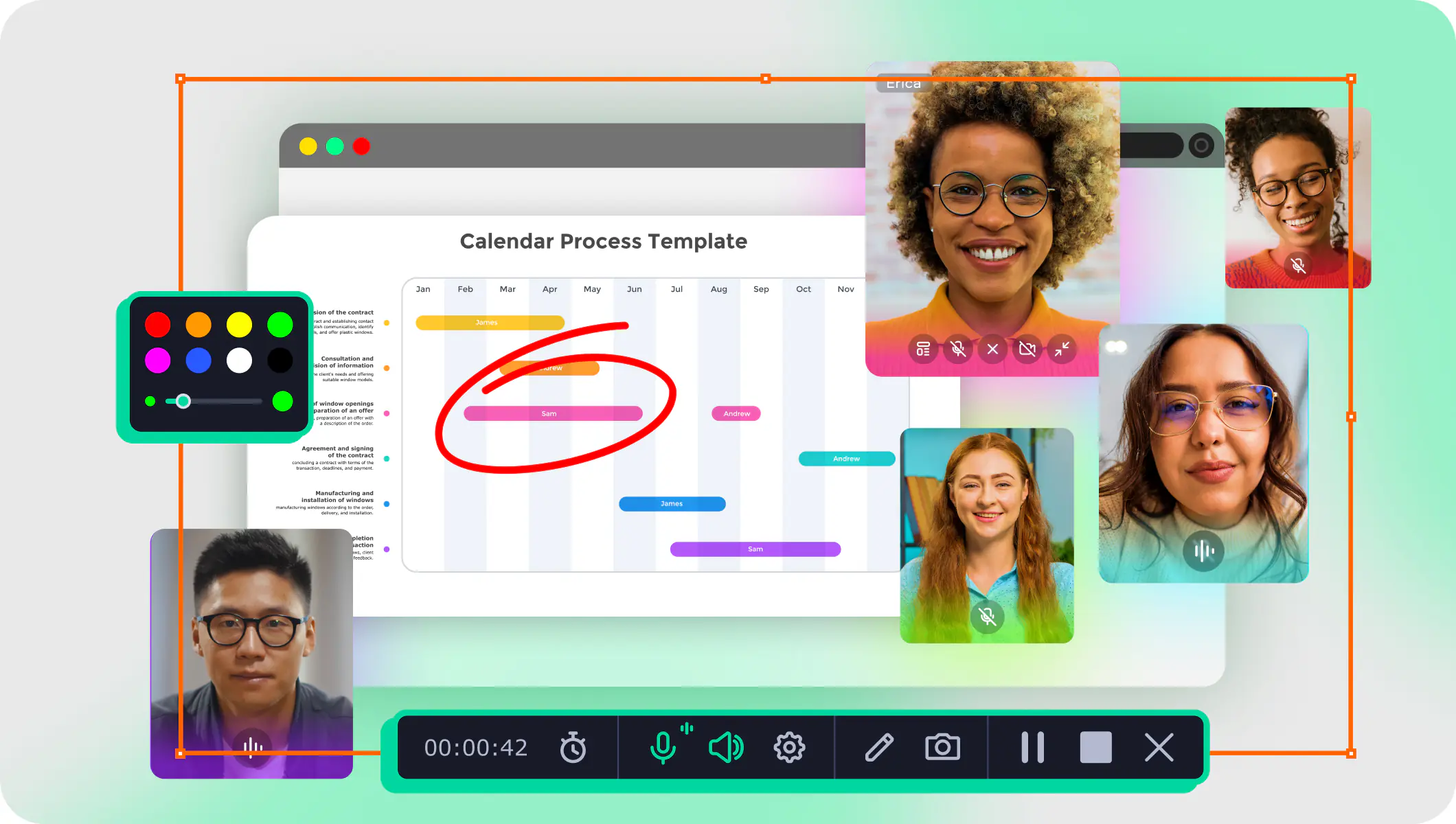An easy tool for capturing your Mac screen with audio. The software includes a ton of great features. During the recording, you can use drawing tools to make annotations on your video.
QuickTime Player
- Price
Free
- CNET rating
Main features:
- Quickly record your screen with two clicks
- Has some editing functionality
- Also acts as a solid multimedia player that works with many file formats
- Soundflower allows you to channel audio from multiple applications
QuickTime is built-in to every version of Mac OS for free. So, whether you’re using MacBook Air, MacBook Pro, or any other Mac computer model, you’ve probably used QuickTime at some point.
The app has a screen-recording feature, but it comes with a pretty severe drawback. By default, QuickTime's screen capture does not record any audio from your computer's default output. Message boards and support forums are flooded with people wondering how to record the screen and audio at the same time on a Mac with QuickTime. Thankfully, there is a solution, but it requires third-party software. Soundflower is an open-source macOS system extension that allows applications to pass audio to each other. Let's take a look at how to record screen with audio on a Mac using QuickTime. You can also access the detailed instructions by following the link below:

